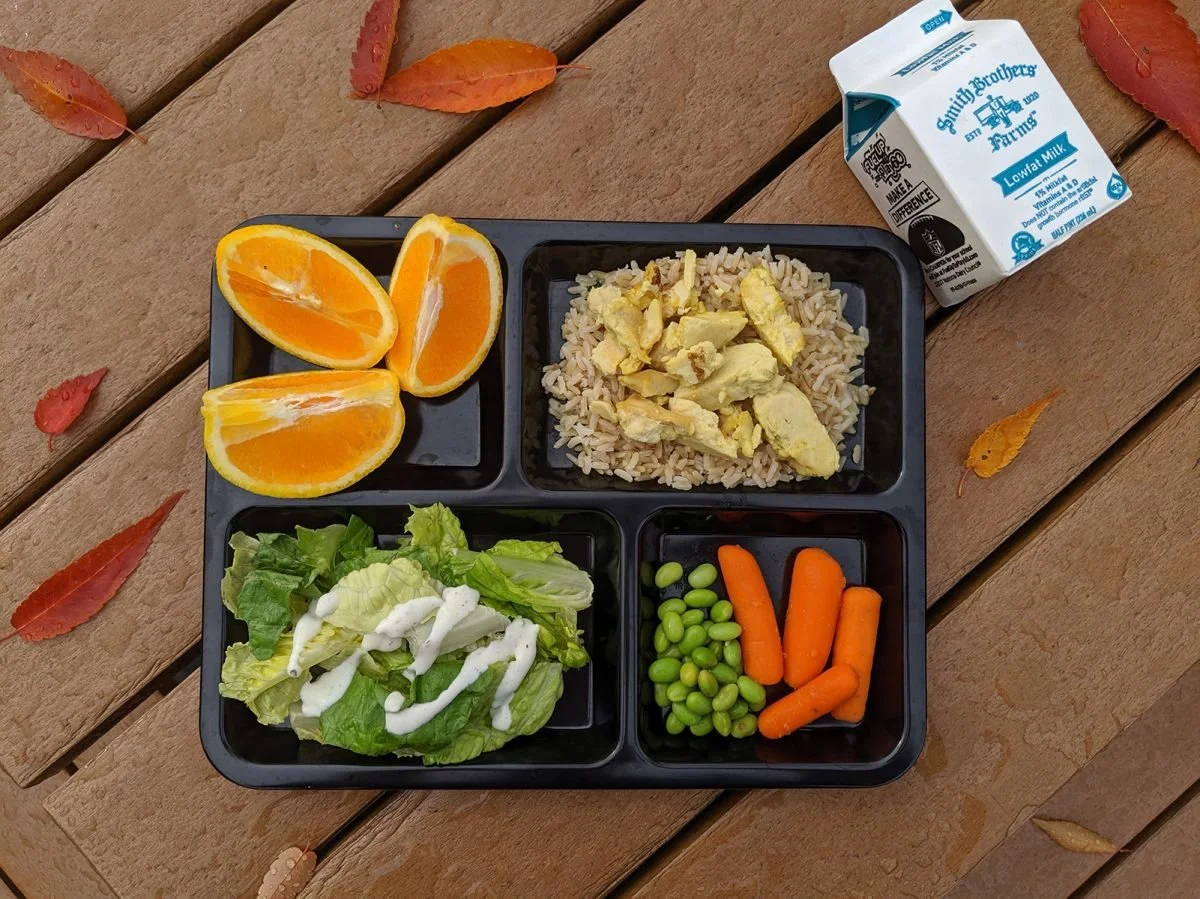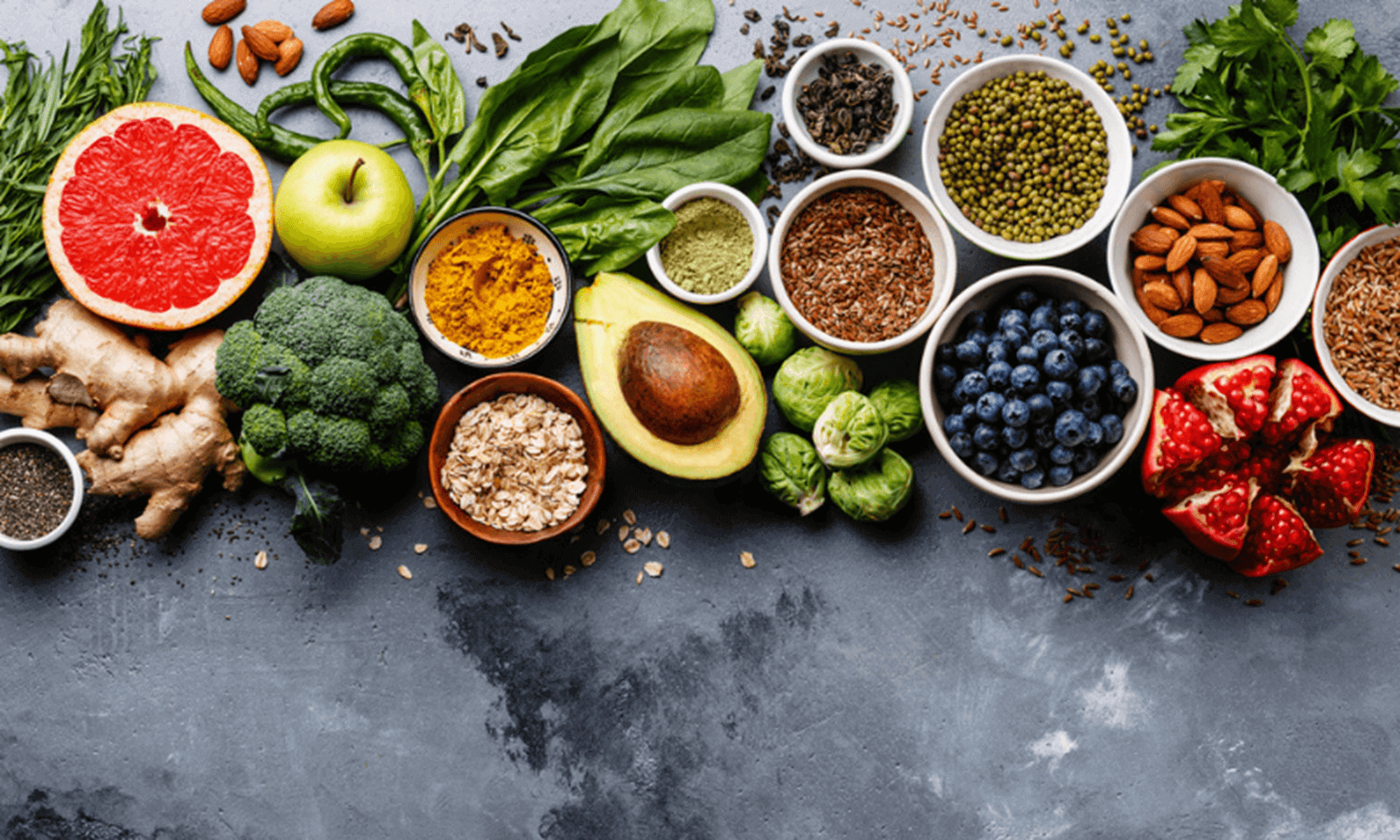Creating a Balanced Diet for Texan Tots
Discover > Texas Mom Blog > Creating a Balanced Diet for Texan Tots
Childhood obesity is a growing concern in Texas, as it is in many parts of the world. Poor dietary habits and sedentary lifestyles contribute to this epidemic. However, by promoting a balanced diet and incorporating local produce, we can take significant steps towards combating childhood obesity in Texas.
This article explores ways to create a balanced diet, and highlights the importance of local produce, and offers healthier substitutes that are grown locally.
Using MyPlate and the Food Pyramid in Creating a Balanced Diet
When creating a balanced diet for Texan tots, you can use the principles of MyPlate and the Food Pyramid to ensure they receive proper nutrition from a variety of food groups.
MyPlate
MyPlate is a visual representation of the USDA's dietary guidelines, introduced in 2011. It is designed to help individuals make healthier food choices by illustrating the five food groups and their recommended proportions on a plate.
The plate is divided into four sections: fruits, vegetables, grains, and proteins, with a separate circle representing dairy. The visual encourages individuals to fill half of their plate with fruits and vegetables and divide the remaining half between grains and proteins, with a side serving of dairy.
MyPlate emphasizes portion control and encourages a balanced and varied diet.
Food Pyramid
The Food Pyramid, also known as the USDA Food Guide Pyramid, was introduced in 1992 and updated over the years. It was a visual representation of the recommended food groups and serving sizes.
The pyramid had different tiers representing different food groups, with the largest tier at the bottom and the smallest at the top. In the original pyramid, the bottom tier represented carbohydrates and fats, followed by fruits and vegetables, dairy, meat and protein, and sweets at the top.
The Food Pyramid aimed to provide guidance on the relative proportions of different food groups for a balanced diet.
Both MyPlate and the Food Pyramid are tools developed by the USDA to promote healthy eating habits and guide individuals towards a balanced diet.
Getting Proper Nutrition from Different Food Groups
Introducing new foods to children is an important but challenging task for parents and caregivers. It's vital to consider the child's safety, potential allergies, and readiness for novel flavors and textures.
While MyPlate simplifies the message with a visual representation of food groups on a plate, the Food Pyramid offers a more hierarchical structure with specific serving recommendations. Both tools emphasize the importance of including a variety of food groups in appropriate proportions to support overall health and nutrition.
Here's a guide to help you:
Fruits and Vegetables
Fruits and vegetables should make up a significant portion of a child's daily diet. These nutrient-dense foods provide essential vitamins, minerals, and fiber. Encouraging children to try different fruits and vegetables helps develop their taste preferences and ensures a diverse nutrient intake.
Next to going to a farm or growing them yourself, local farmers' markets are your number one source for Texas-grown sustainable and organic produce.
Whole Grains
Whole grains, such as whole wheat bread, brown rice (how long does rice last?), and oats, are rich in fiber and essential nutrients. They provide sustained energy, promote healthy digestion, and help prevent obesity. Replacing refined grains with whole grains is a simple yet effective step towards improving children's diets.
While rice has been a dietary cornerstone for centuries, the modern quest for diverse and nutritious rice alternatives has gained momentum.
Protein
Lean sources of protein, such as poultry, fish, beans, and nuts (how long do nuts last?), are crucial for growth and development. They provide essential amino acids and other nutrients necessary for building and repairing tissues. Including a variety of protein sources in children's meals ensures a well-rounded nutrient intake.
Dairy or Dairy Alternatives
Dairy products like milk, yogurt, and cheese are important for calcium and vitamin D, which are essential for strong bones and teeth.
However, for children who are lactose intolerant or have dairy allergies, there are plenty of non-dairy alternatives available, such as fortified soy milk (how long does soy milk last?) or almond milk (how long does almond milk last?).
Healthy Fats
Healthy fats, such as those found in avocados, nuts, and olive oil, are essential for brain development and overall health. Including small portions of these fats in children's meals can help satisfy their hunger and promote satiety.
One factor to consider when selecting snacks for young children is variety. Providing a diverse mix of snacks exposes children to different flavors and textures, helping expand their palates. Additionally, it ensures that they're getting a wide range of nutrients vital for their overall well-being.
Importance of Local Produce
Incorporating local produce into children's diets offers numerous benefits.
Firstly, local produce is typically fresher and more flavorful since it doesn't need to travel long distances. Secondly, it supports local farmers and the local economy, fostering a sense of community. Finally, consuming local produce reduces the carbon footprint associated with transporting food over long distances.
Finding Local Produce in Texas
Texas is known for its abundant agricultural resources, making it relatively easy to find local produce. Here are some ways to source local produce:
Farmers Markets
Farmers markets are a great place to find fresh, locally grown fruits, vegetables, and other farm products. Many cities and towns in Texas host farmers markets on weekends, providing an opportunity to engage with local farmers and learn about their produce.
Community-Supported Agriculture (CSA)
Joining a CSA program allows individuals to receive a weekly or monthly box of fresh produce directly from local farms. CSA programs often provide a variety of fruits, vegetables, and sometimes even dairy or meat products.
Intrigued about those farmers market boxes that are springing up all over Instagram? Brimming with dark leafy greens and earthy root vegetables? Then it’s time to order a CSA box near me from these Texas farms and producers.
Farm-to-Table Restaurants
Many restaurants in Texas prioritize using locally sourced ingredients. These establishments often partner with nearby farms to provide fresh, seasonal produce in their dishes.
Healthier Food Substitutes from Local Sources
Texas is rich in agricultural diversity, offering a wide range of healthier substitutes for commonly consumed foods. Here are some examples of healthier substitutes for unhealthy snacks using local Texas produce:
Fresh Fruit instead of Sugary Snacks
Instead of reaching for sugary snacks like cookies or candy, encourage children to snack on fresh fruits. Texas is abundant in fruits such as watermelon, peaches, berries, and citrus fruits. These fruits provide natural sweetness, essential vitamins, and fiber, making them a healthier and refreshing alternative.
Find healthy snacks options your kids will love.
Veggie Sticks with Hummus instead of Chips and Dip
Replace greasy potato chips (how long do potato chips last?) with a variety of vegetable sticks like carrots, celery, bell peppers, and cucumbers. Pair them with homemade hummus made from locally sourced chickpeas for a nutritious and flavorful snack option. Texas-grown chickpeas can be found at farmers markets or through CSA programs.
Discover the least messy and most fun snacks your kids can make themselves!
Homemade Salsa with Baked Tortilla Chips instead of Store-bought Dips
Instead of store-bought dips high in preservatives and unhealthy fats, prepare homemade salsa using locally grown tomatoes, onions, cilantro, and jalapenos. Serve it with baked tortilla chips (how long do tortilla chips last?) made from whole grain tortillas for a healthier snack choice. Look for locally made tortillas using Texas-grown grains.
Roasted Texas Pecans instead of Candies or Nuts with Added Sugars
Swap sugary candies or nuts coated with added sugars for roasted Texas pecans. Pecans (how long do pecans last?) are native to Texas and are rich in healthy fats, fiber, and essential nutrients. Roast them with a sprinkle of sea salt (how long does sea salt last?) or a touch of cinnamon for a delicious and satisfying snack.
B.Bold Pecans’ high-quality pecans come in Halves or Pieces, and InShell or Cracked. They also offer specialty pecans such as Dry Roasted Pecans, Jalapeño Roasted and Salted Pecans, Regular Roasted and Salted Pecans, and Butter Roasted Pecans.
Greek Yogurt with Fresh Berries instead of Flavored Yogurt Cups
Instead of flavored yogurt cups loaded with added sugars, choose plain Greek yogurt sourced from a local dairy. Top it with fresh Texas berries like strawberries, blueberries, or blackberries for natural sweetness and added antioxidants. Local dairies and farmers markets are excellent sources for Texas-made Greek yogurt.
Homemade Trail Mix with Local Dried Fruits and Nuts instead of Pre-packaged Snack Mixes
Create a custom trail mix (how long does trail mix last?) using locally sourced dried fruits like raisins (how long do raisins last?), apricots, or cranberries, along with a variety of Texas nuts such as almonds (how long do almonds last?), walnuts (how long do walnuts last?), or pistachios. This homemade alternative provides a balanced combination of healthy fats, protein, and fiber without the added sugars and artificial ingredients found in prepackaged snack mixes.
Remember, when sourcing local produce for healthier snacking options, farmers markets, CSA programs, and local food cooperatives are great places to start. Supporting local farmers not only promotes a healthier lifestyle but also contributes to the local economy and fosters a sense of community.
Conclusion
In conclusion, creating a balanced diet for Texan tots involves incorporating the principles of MyPlate and the Food Pyramid. By including a variety of fruits, vegetables, grains, proteins, dairy, and healthy fats in appropriate portions, Texan tots can receive the necessary nutrients for their growth and development. It is important to consider portion sizes, limit sugary snacks and beverages, and involve children in meal planning and preparation. Consulting with healthcare professionals or registered dietitians can provide personalized guidance for the specific dietary needs of Texan tots.








